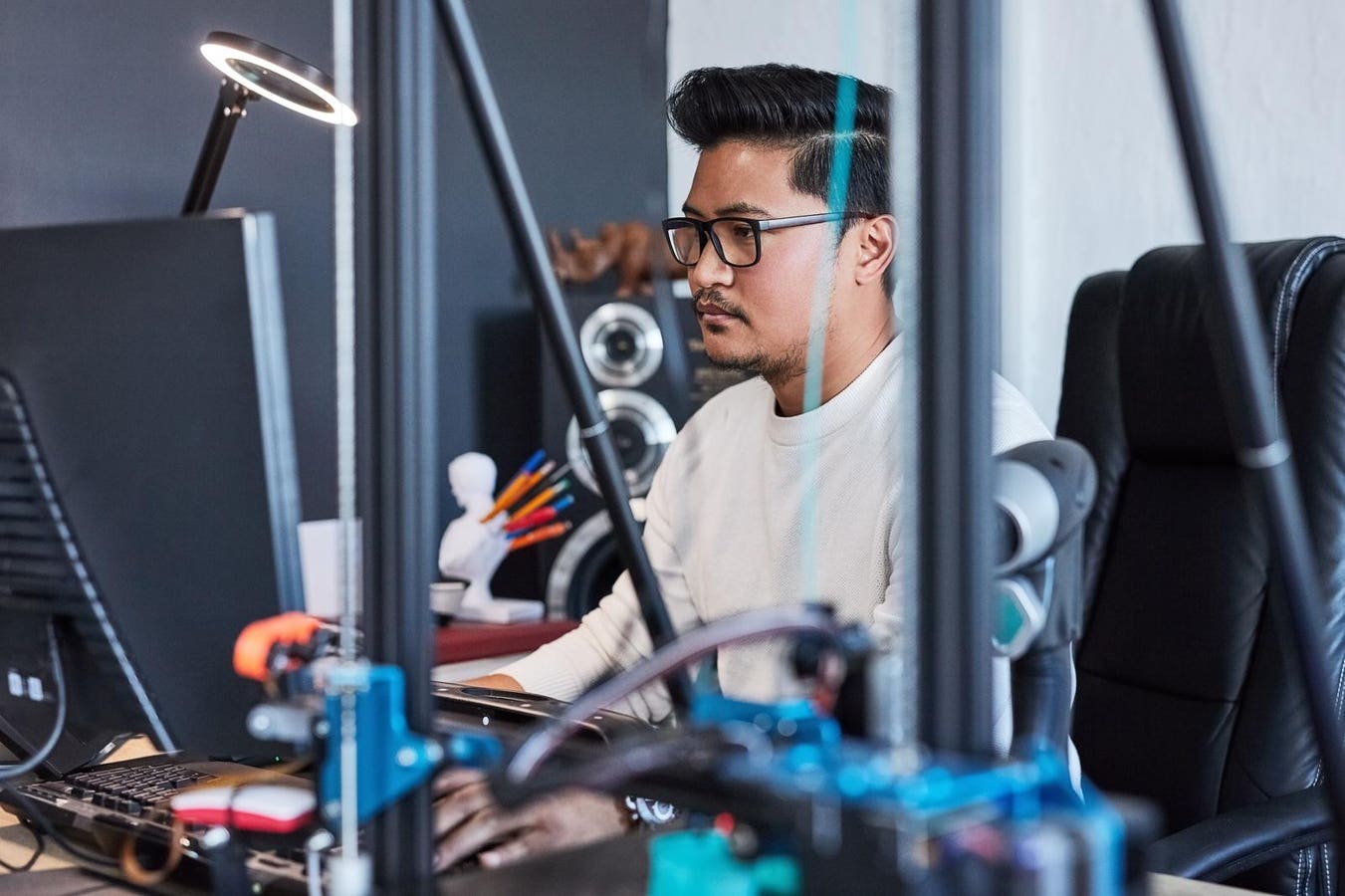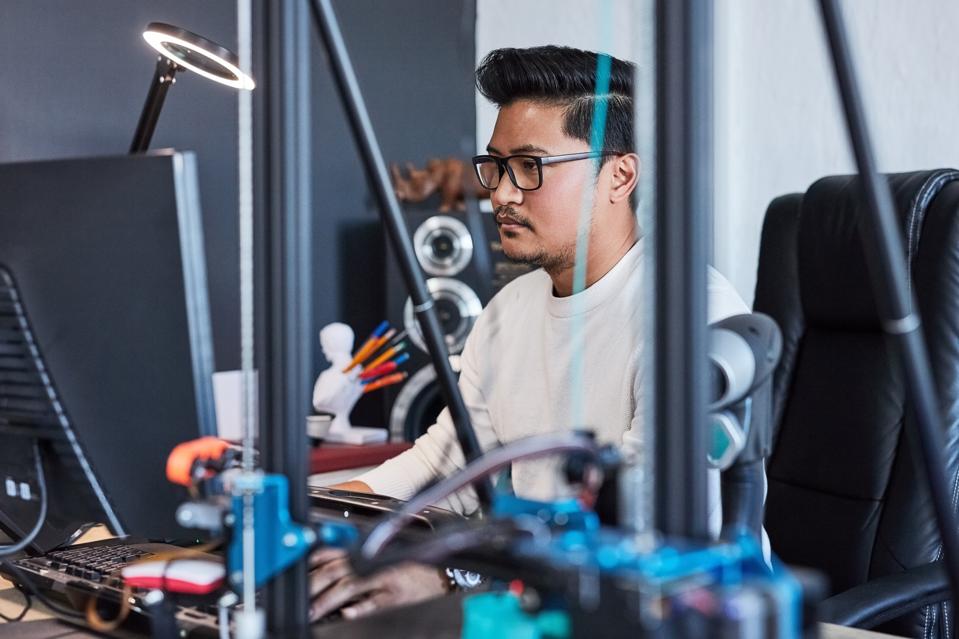Walt Hearn is senior vice president of simulation & analysis worldwide sales and customer excellence at Ansys, part of Synopsys.
Long-term investing is perhaps the most tried-and-true financial advice, just behind “buy low and sell high.” However, today’s economic uncertainty could make even the most seasoned board members and CFOs focus on volatility. But that’s short-term thinking. History shows that downturns are not a time to retreat but a time to accelerate. The most visionary companies use disruption as a catalyst to rethink their approach and invest in long-term resilience, which enables them to evolve at the pace of new technologies, combine complex systems into leading products and compete while meeting global regulatory requirements.
During the 1997 Asian Financial Crisis and the 2008 Global Financial Crisis, TSMC founder Morris Chang made the contrarian decision to invest in advanced manufacturing capacity and state-of-the-art chipmaking equipment while competitors were cutting costs. His strategy included acquiring top-of-the-line lithography machines and expanding fab capacity even as chip demand declined. These investments enabled TSMC to become a dominant player in global semiconductor manufacturing, securing top-tier clients and pioneering the modern foundry model.
Similarly, Microsoft increased its R&D budget to $9 billion during the 2008-2009 recession, targeting development in cloud infrastructure, search engine innovation and enterprise services. This aggressive reinvestment during a market contraction enabled Microsoft to position itself for long-term cloud leadership. Azure, launched in 2010, is now a $60 billion+ business and a core part of Microsoft’s growth engine.
What Volatility Means For 2025 And Beyond
Not every organization is set to redefine its industry or launch what will soon become a multibillion-dollar business unit, but these companies weren’t just betting on growth—they were building resilience. And now, the same opportunity sits in front of all of us.
Tariffs, trade tensions and workforce constraints are creating turbulence across global supply chains. Many companies are looking for ways to decrease risk and do more with less, even as they seek faster development and go-to-market timelines. These competing priorities can result in misplaced investments that lead to a lack of innovation in the pipeline when markets rebound.
Much of today’s R&D spend still goes toward short-term fixes like inefficient physical testing, retooling and late-stage redesigns where the costs are highest. This is where simulation-driven digital engineering can deliver significant benefits. Forward-thinking organizations aren’t just using simulation to optimize or verify designs. They’re embedding it across the entire product lifecycle—from raw materials to finished products—to test, learn and adapt before physical costs accrue.
The Role Of Simulation In Resilience And Reinvention
Simulation-driven digital engineering is a way of doing business that enables organizations to not just cope with technological and market-driven challenges, but to thrive—now and in the future—despite a dynamic environment.
Those changes include new technologies that can increase innovation or disrupt business. Nowhere is this more apparent today than in AI, which takes advantage of accelerated computing technologies to provide business insights faster—so fast that it threatens to become overwhelming. Resilient companies will invest in the solutions needed to capitalize on AI and other new technologies, using them to conquer system complexity, meet customer demands and respond to regulatory pressures.
The ability to simulate products and processes early and often is a key part of those solutions. Simulation is now a strategic asset that drives insight, speed and confidence across domains:
• Procurement teams can evaluate alternative materials and suppliers in real time.
• Operations teams can optimize yield, reduce waste and mitigate downtime.
• Engineering teams can co-develop new designs using generative AI and model-based systems engineering, cutting months from development cycles.
It may seem like we’re in an unprecedented economic environment, but from the Great Depression to the Great Recession and everything in between, innovators have seized the opportunities that disruption brings. And today’s opportunities are incredible. Breakthroughs in accelerated computing technologies, AI and digital engineering software enable organizations to quickly understand opportunities, optimize existing products and processes to respond to those opportunities and fill their pipelines with exciting innovations.
In an era where foresight is the ultimate competitive edge, organizations that invest in long-term R&D are building resilience through simulation-driven foresight, not hindsight.
Forbes Business Development Council is an invitation-only community for sales and biz dev executives. Do I qualify?


